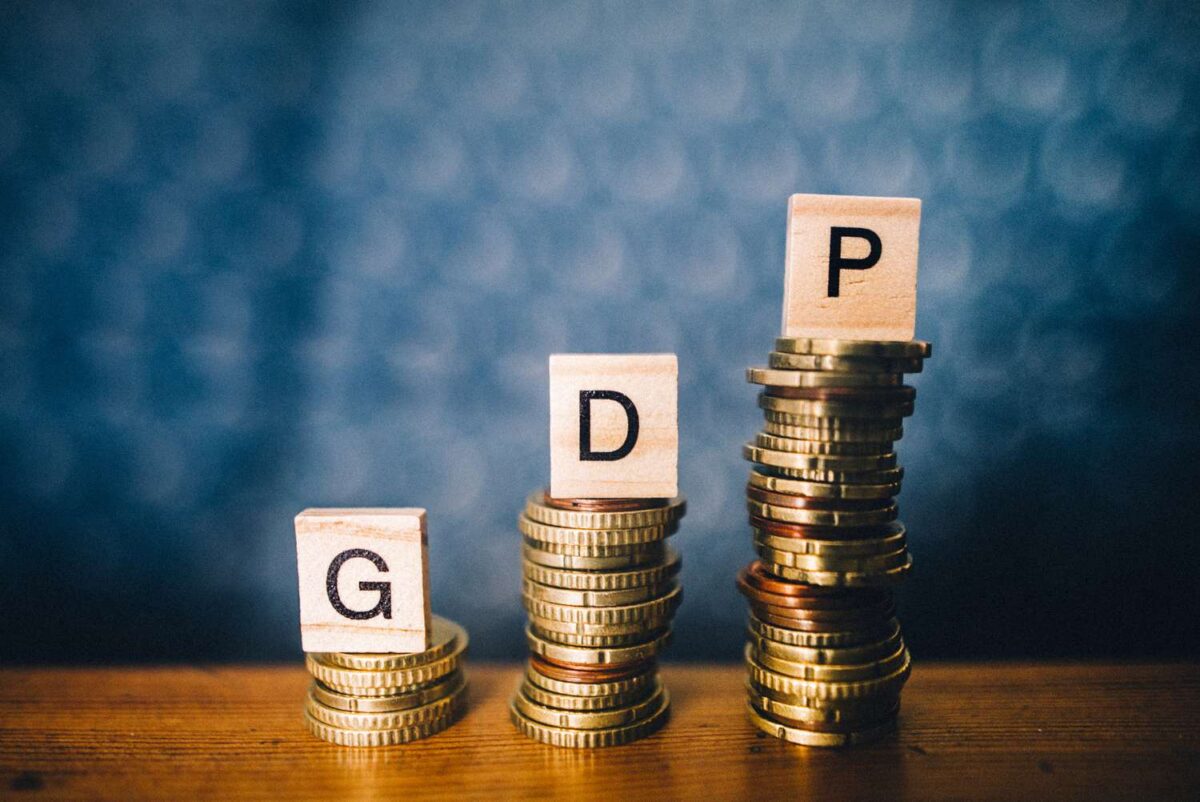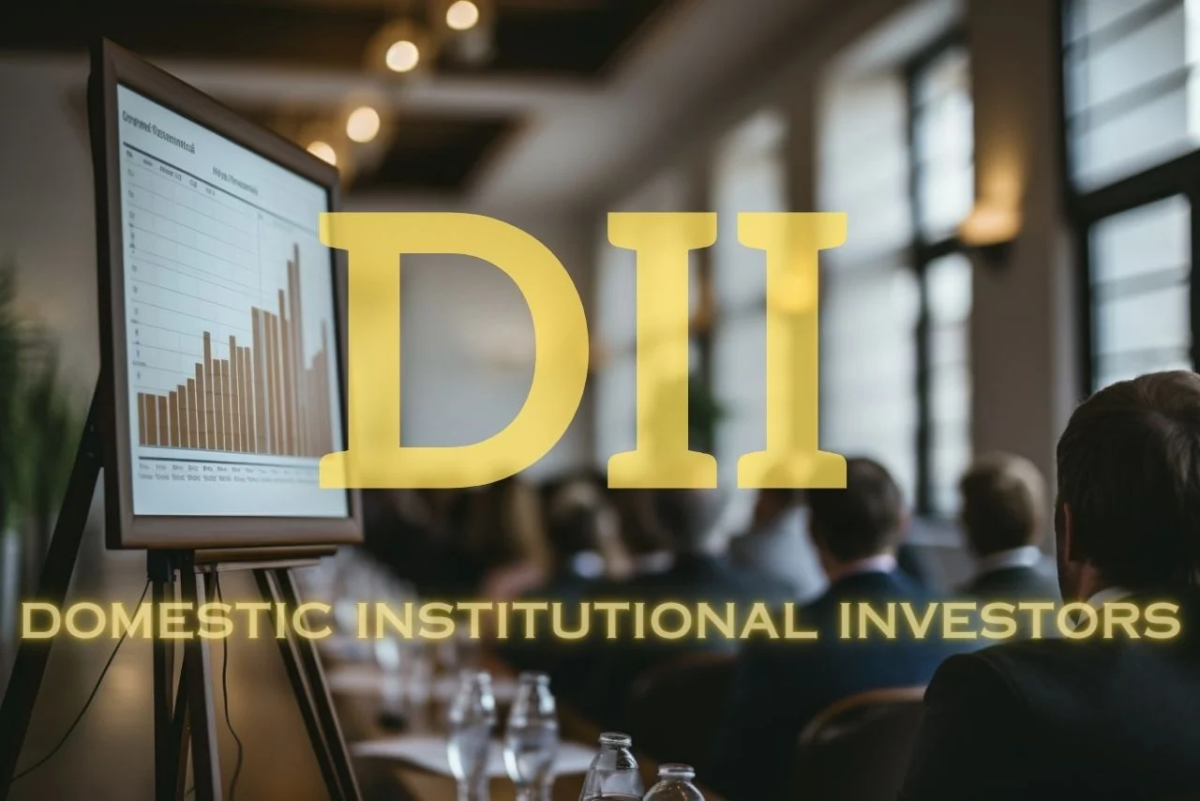The economy is seen to have recovered to some extent in the third quarter of the current fiscal year but growth is largely expected to be tepid at about 6 per cent or so with improvement in capital expenditure and government spending as well as strong rural demand. Most analysts estimate GDP growth in the region of 6.2 per cent to 6.4 per cent in the October to December 2024 quarter and do not expect a significant variance in the growth projection of 6.4 per cent for the current fiscal.
The National Statistics Office will release the second advance estimates of annual GDP for FY2024-25 and the quarterly GDP estimates for the quarter October-December of 2024-25 on February 28.
The economy grew at an unexpected 5.4 per cent in the second quarter of the fiscal down from 6.7 per cent in the first quarter of the fiscal. The economy grew by 8.6 per cent in the third quarter of last fiscal.
According to Bank of Baroda economists, the economy is expected to grow by 6.6 per cent in the third quarter of the fiscal due to subdued growth in the manufacturing sector, partly attributable to base effect.
ICRA has projected the year-on-year (YoY) expansion of the GDP to rise to 6.4 per cent in the third quarter of the fiscal, benefitting from enhanced Government spending amid uneven consumption. Aditi Nayar, Chief Economist, Head-Research & Outreach, ICRA said economic performance in Q3 FY2025 benefitted from a sharp ramp-up in aggregate government spending on capital and revenue expenditure, high growth in services exports, a turnaround in merchandise exports, healthy output of major kharif crops, which would have buffered rural sentiment.
“Some consumer-focussed sectors saw a pick-up during the festive season, even as urban consumer sentiment dipped slightly, and other sectors such as mining and electricity saw an improvement after weather-related challenges in the previous quarter,” she noted.
The SBI Ecowrap report has estimated GDP growth for Q3 FY25 at around 6.2-6.3 per cent. Further, presuming no major revisions announced in the erstwhile Q1 and Q2 figures by NSO, it has forecast the FY25 full year GDP at 6.3 per cent.
“We track 36 leading indicators in consumption and demand, Agri, Industry, service and other indicators, which indicate a spike in Q3FY25 growth. The percentage of indicators showing acceleration has increased to 74 per cent in Q3FY25 versus 71 per cent in Q2FY25,” it noted.
Nomura is more conservative in its expectations and has forecast GDP growth at 5.8 per cent in the third quarter of the fiscal with growth in gross value added to rise to 6 per cent from 5.6 per cent in the second quarter of the fiscal. “We expect consumption and government spending to improve, stable investments and a negative contribution from net exports. On the supply side, we expect agriculture growth to remain strong, industrial growth to improve mildly, stable growth in construction and ‘financial services, real estate and professional services’, and underwhelming trends in the ‘trade, hotels, transportation and communication’ sector,” it said in a recent note.
Motilal Oswal said it expects real GDP growth at about 5.7 per cent in the third quarter and real GVA growth could pick-up and reach 6.1-6.3 per cent.
Top-notch SEBI registered research analyst
Best SEBI registered Intraday tips provider
Telegram | Facebook | Instagram
Call: +91 9624421555 / +91 9624461555





